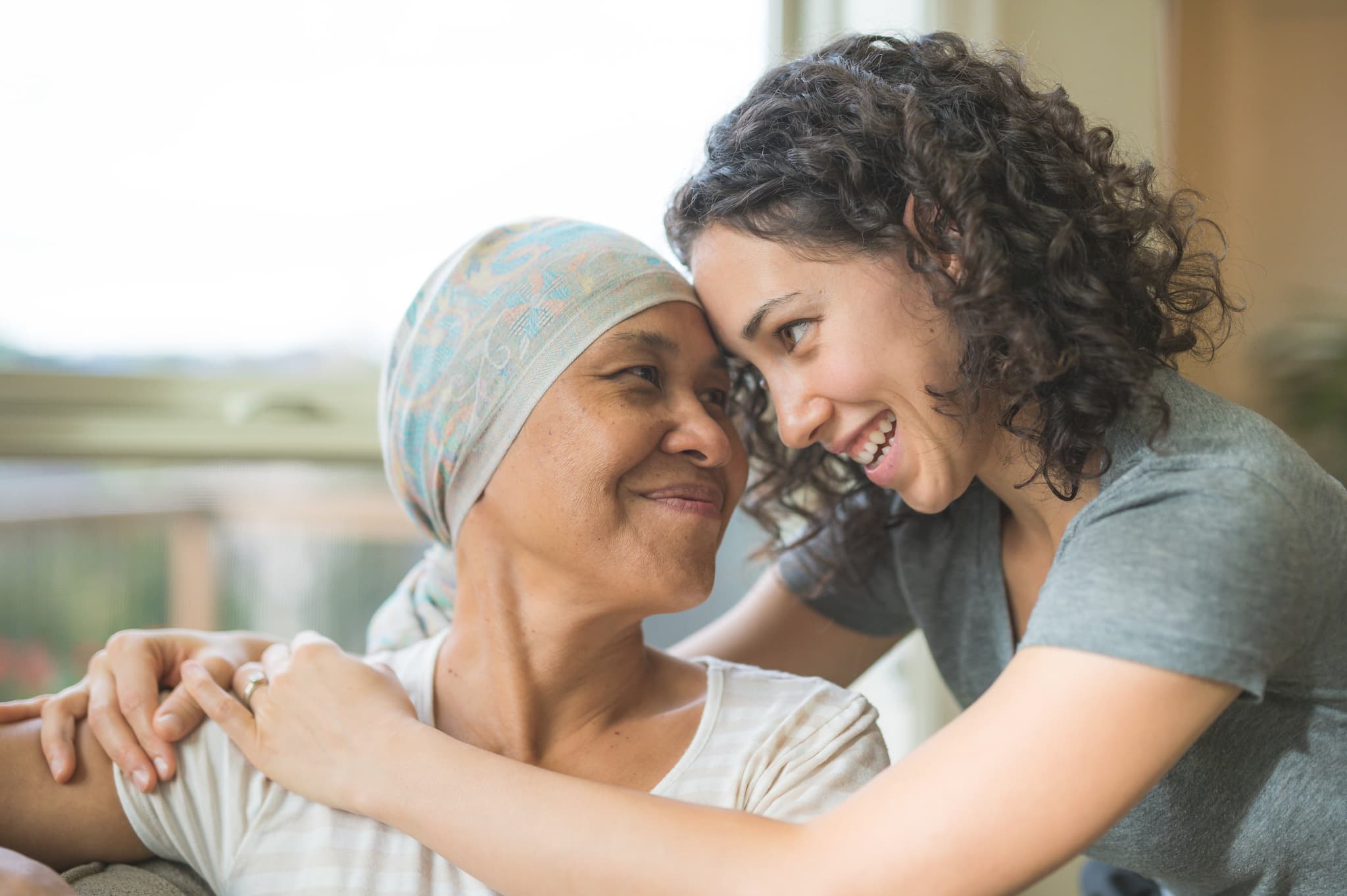
2024-08-13T14:52:39
Study: Nearly Half of Adult Cancer Cases are Preventable with Lifestyle Changes
- Family Medicine
- Hematology-Oncology
April 20, 2017 | Hematology-Oncology
Specialties:Hematology-Medical Oncology

Some forms of treatment like radiation therapy and chemotherapy are made to introduce external combatants into the body to prevent the development and spread of cancer. Immunotherapy, however, is designed to increase the body’s natural level of defenses.
Immunotherapy targets the body’s immune system using substances made from the body or designed in a laboratory. The type depends on the severity of the cancer. Here’s a look at what you should know about immunotherapy, its effectiveness and potential side effects.
Immunotherapy is not as common as other treatment methods like chemo, radiation or surgery. However, it can still be effective for treating many types of cancer—for detailed information on whether immunotherapy might be right for a particular cancer, the National Cancer Institute offers a list for both adults and children.
Certain cancers survive in the body in part because of their ability to hide from the immune system. With this in mind, the goals of immunotherapy are:
There are several types of immunotherapy:
These are drugs designed to affect antibodies, which are proteins that fight off infection. Doctors use monoclonal antibodies as targeted therapy to block abnormal proteins in cancerous cells. They can be used as immunotherapy, where the monoclonal antibodies bind to certain targets in the body, signaling which cells the immune system should attack. Monoclonal antibodies can also block parts of the immune system called “immune checkpoints,” which allows the immune system to respond properly to cancer.
This is a newer therapy using genetically modified viruses to help kill cancer. The virus is inserted into the tumor, where it enters cancer cells and begins to copy itself. Cancer cells then burst and die, releasing substances called antigens. These antigens trigger the immune system and target all the cells in the body with similar antigens. The virus can be designed to not target any healthy cells, meaning only affected cells are attacked.
These are proteins made by the body’s cells, most commonly two proteins called interferons and interleukins. These proteins trigger specific immune responses to fight cancer.
Also called adoptive cell transfer, T-cell therapy is a treatment that attempts to boost T cells—a type of white blood cell in the immune system. The T cells are removed from blood and given specific receptor proteins in a lab, which allow the cells to recognize and attack cancer once they’re inserted back into the body.
Vaccines expose the immune system to an antigen, which triggers the immune system. These are not the same as vaccines that help prevent certain diseases.
Immunotherapy can be delivered in one of four ways:
Side effects of immunotherapy vary between types, but can include:
Every case of immunotherapy is different. Your general comfort level depends on your type and stage of cancer, as well as the dosage and method of treatment. You’ll have regular checkups with your doctor to determine how well treatment is working.
Your doctor will determine the most appropriate course of treatment, based on your specific diagnosis.
*Note: No two cancer cases are alike. None of the statements herein are designed to suggest a “one-size-fits-all” approach, and each case will be evaluated individually.
“Understanding Immunotherapy.” Cancer.net. https://www.cancer.net/navigating-cancer-care/how-cancer-treated/immunotherapy-and-vaccines/understanding-immunotherapy
“Immunotherapy.” National Cancer Institute. https://www.cancer.gov/about-cancer/treatment/types/immunotherapy
WRITTEN BY:
The Live Better Team

2024-08-13T14:52:39

2018-11-14T09:00:28

2017-06-29T11:54:53

2017-06-22T11:06:16
This information is not intended to replace the advice of a medical professional. You should always consult your doctor before making decisions about your health.